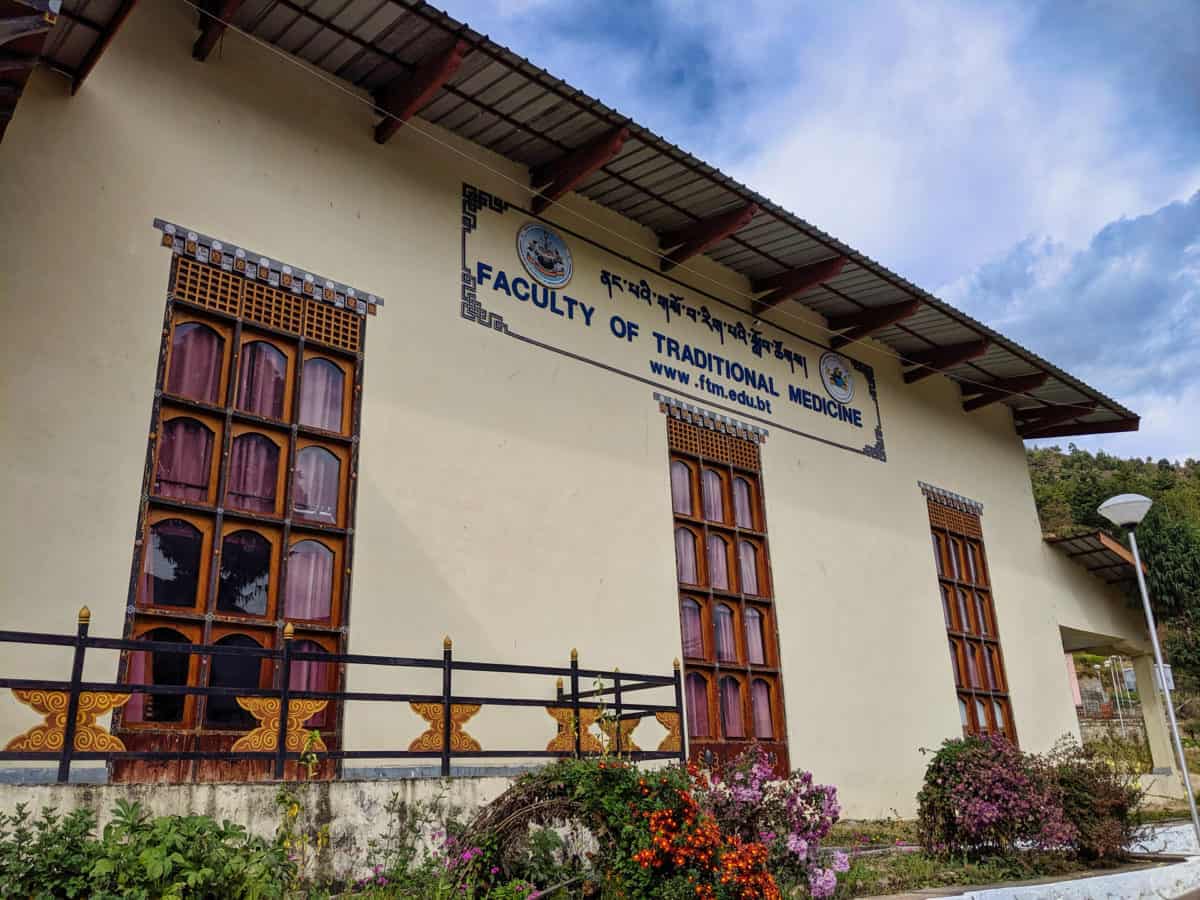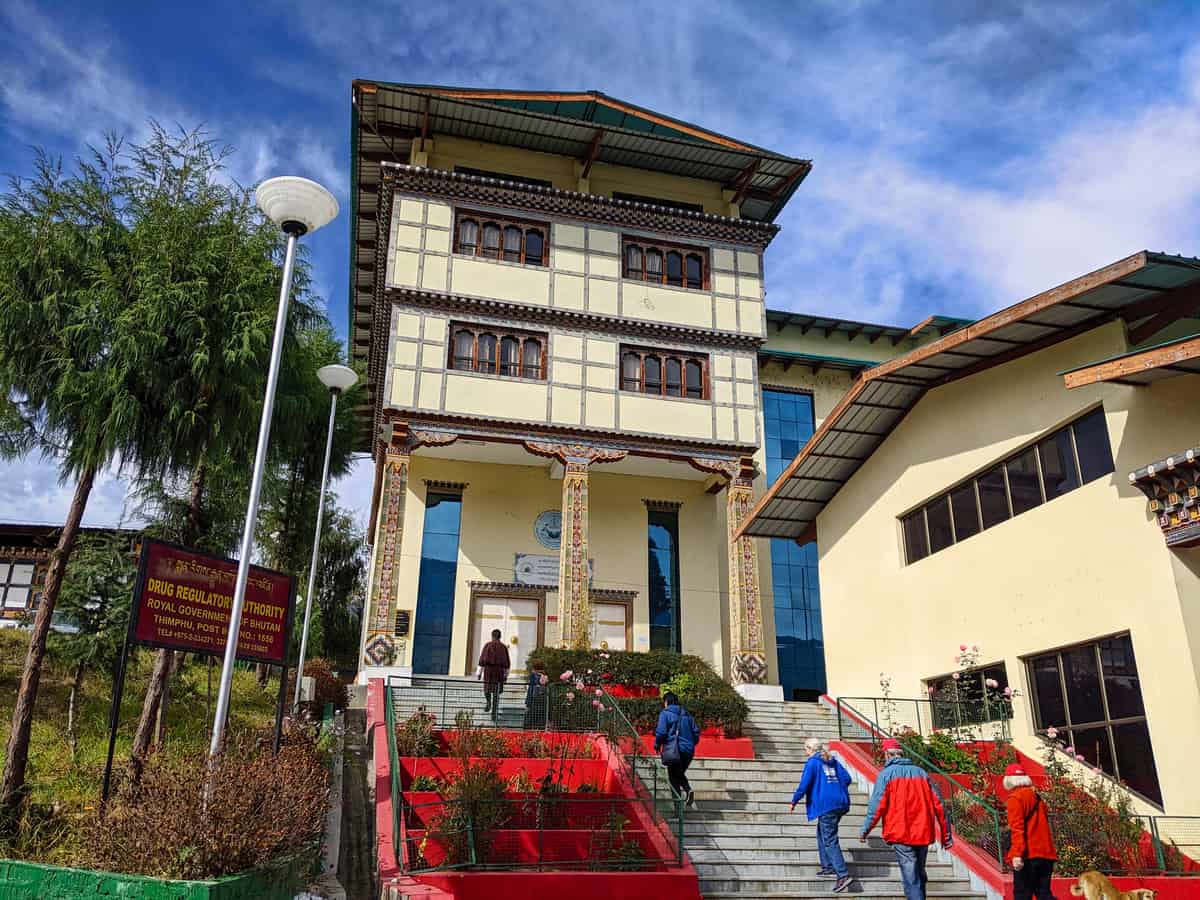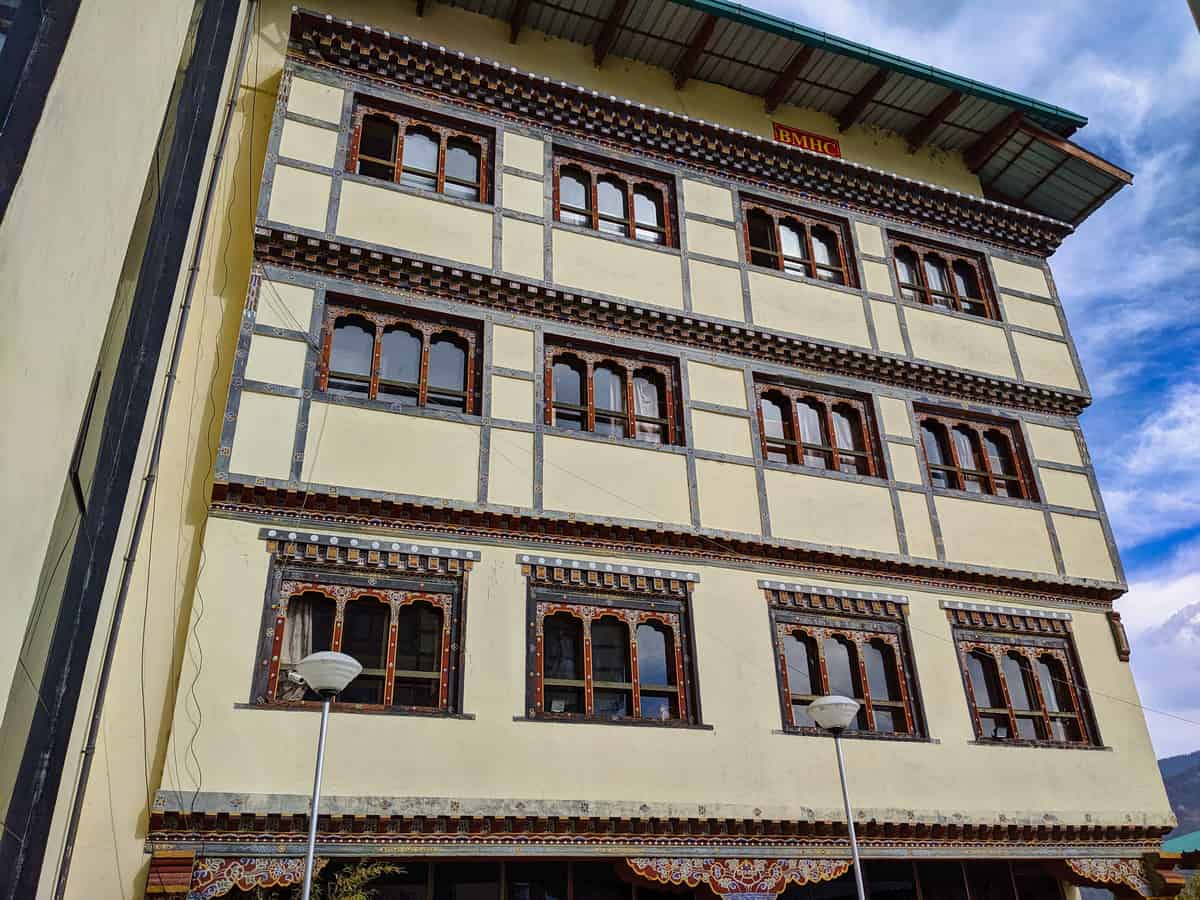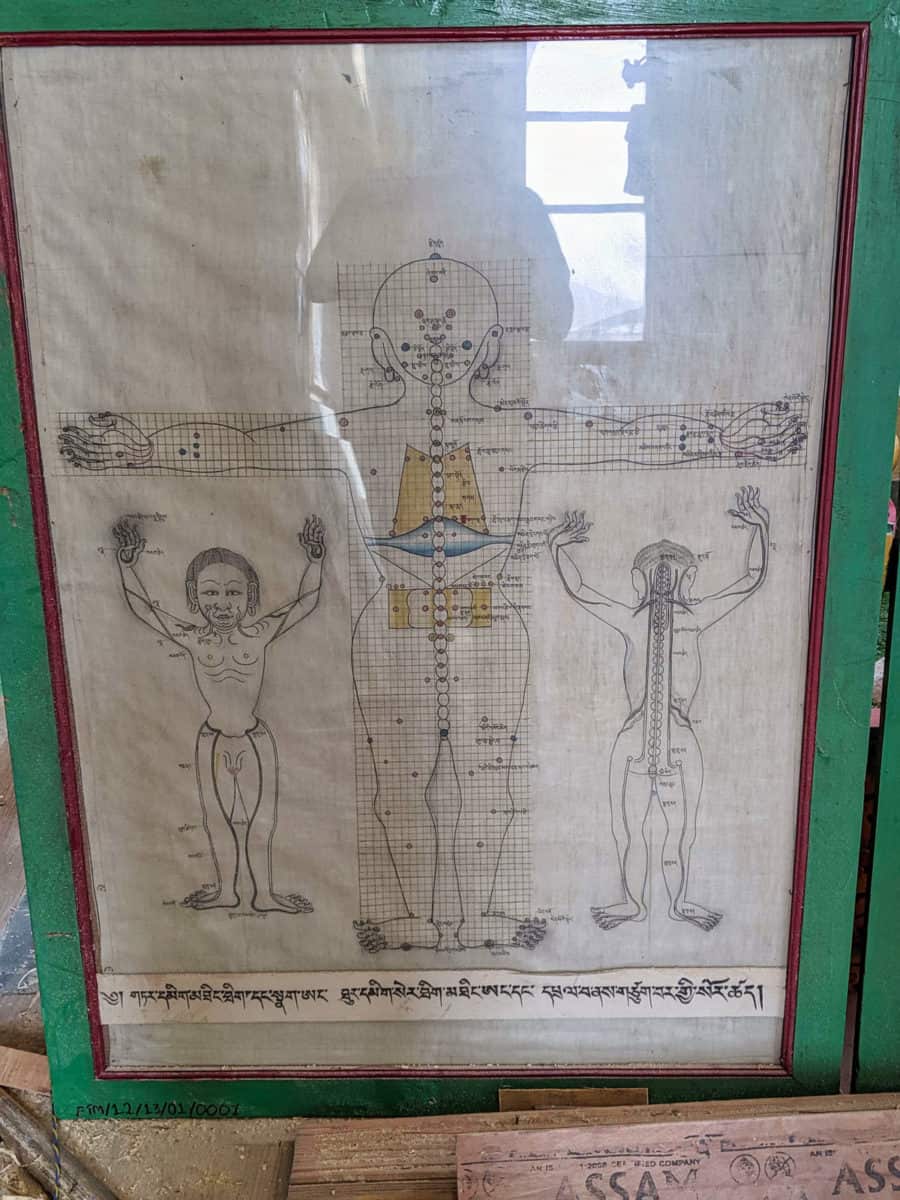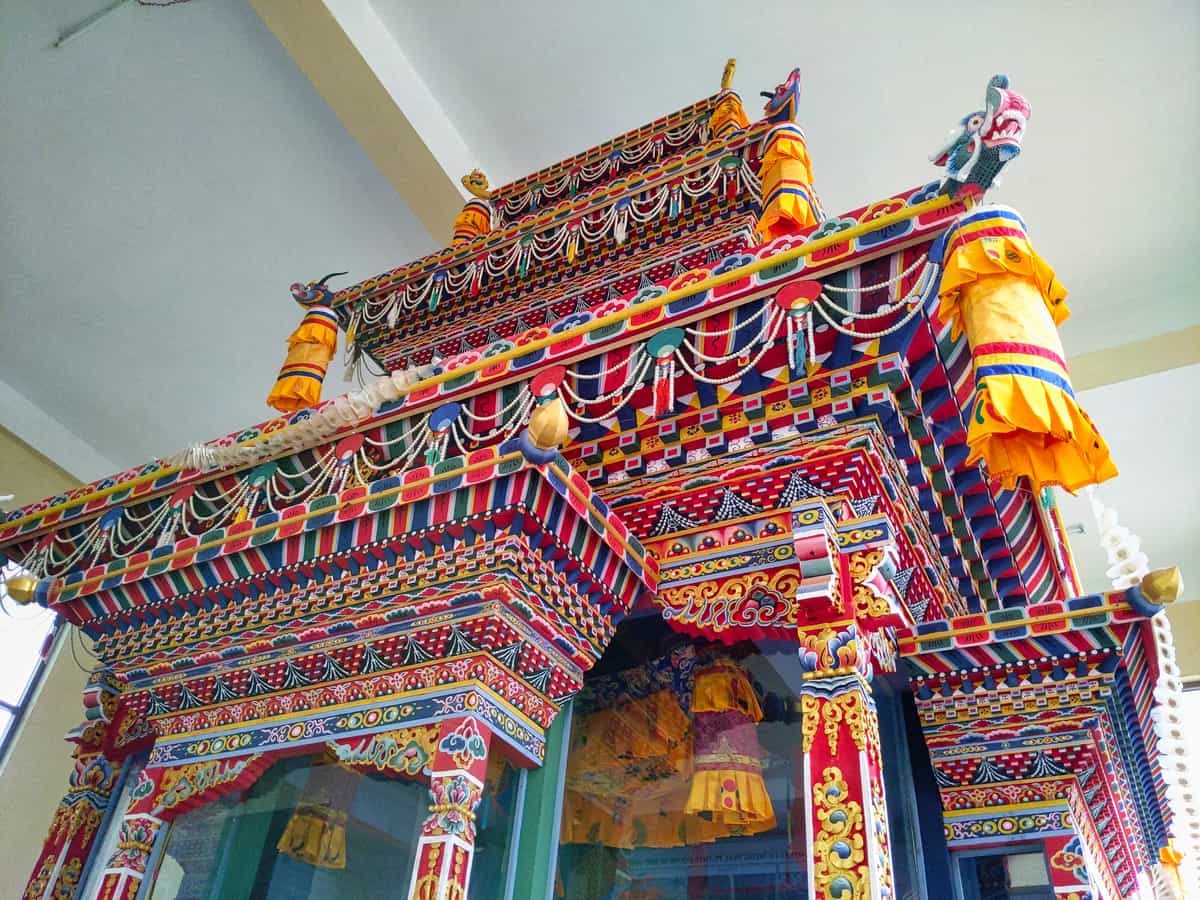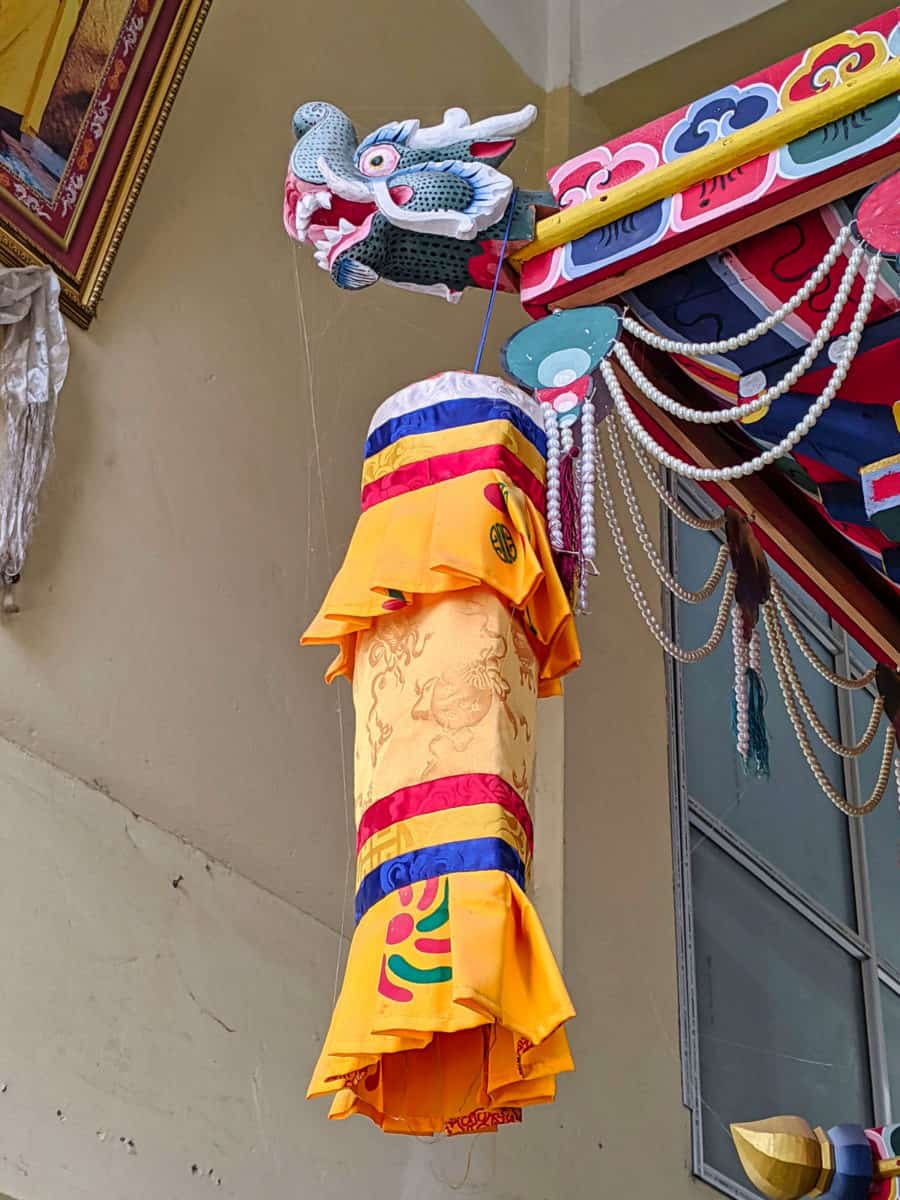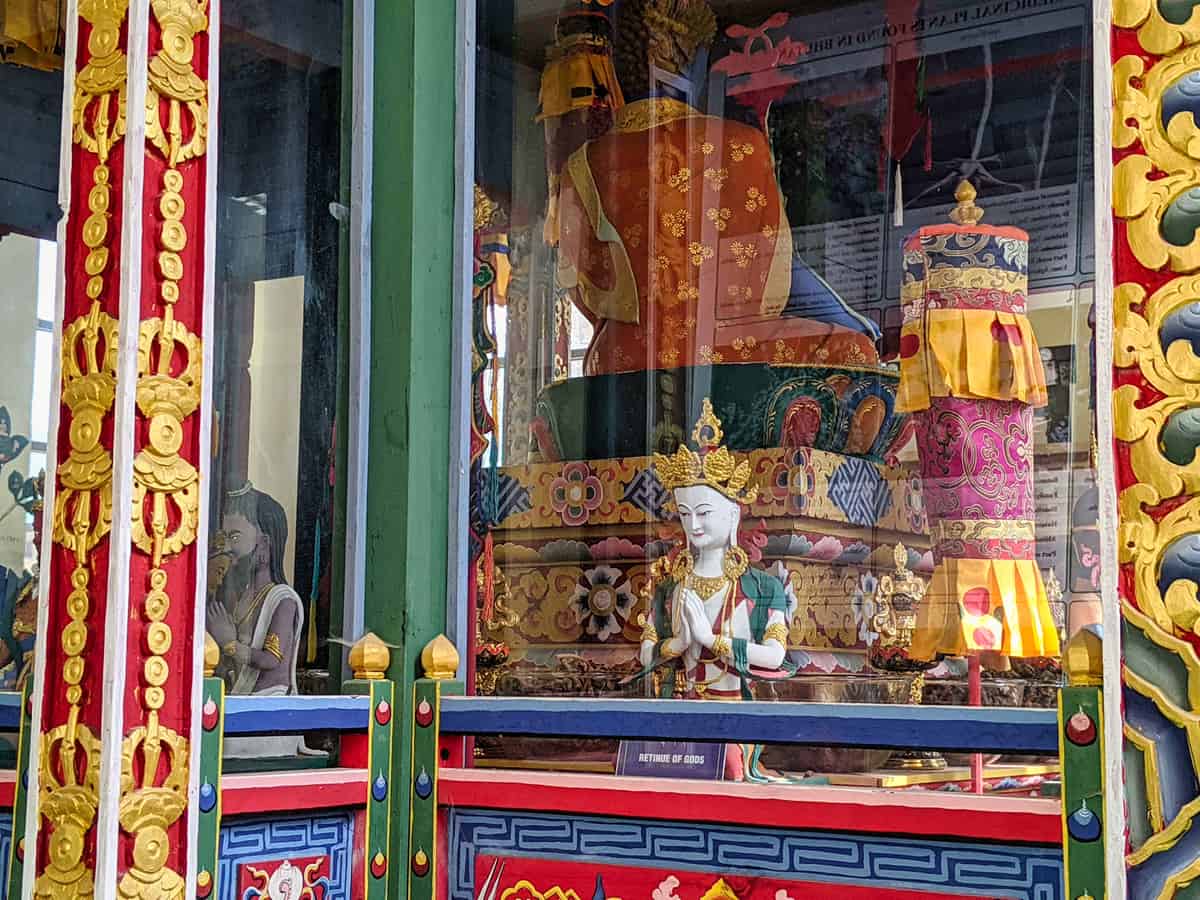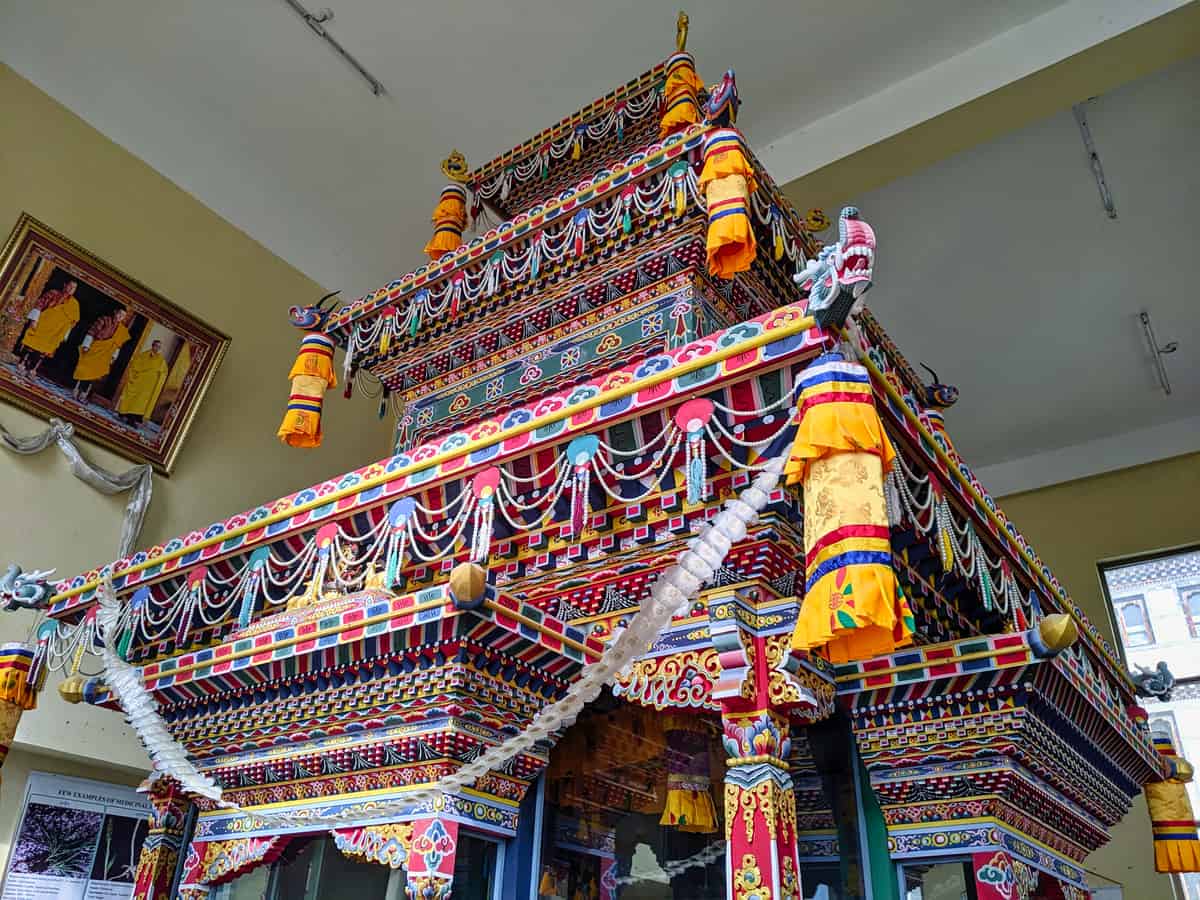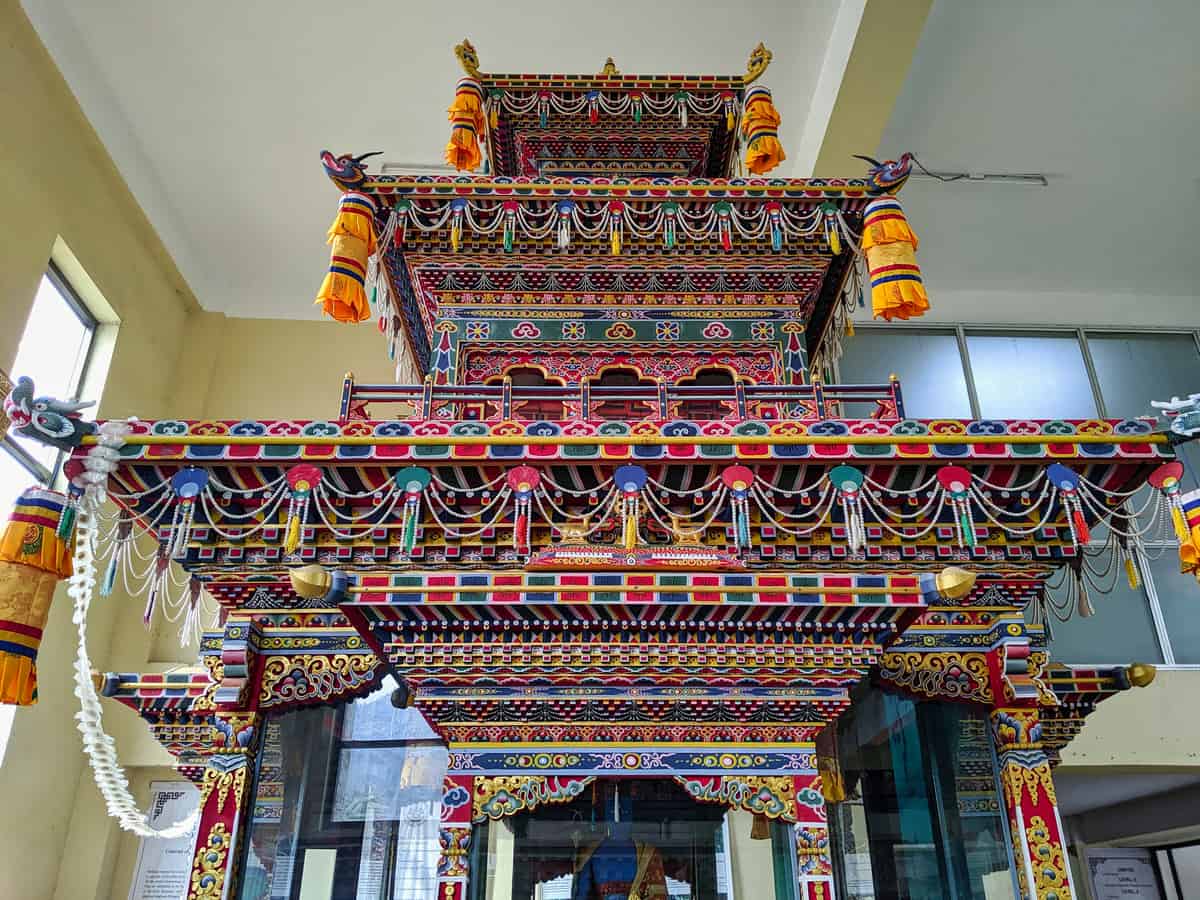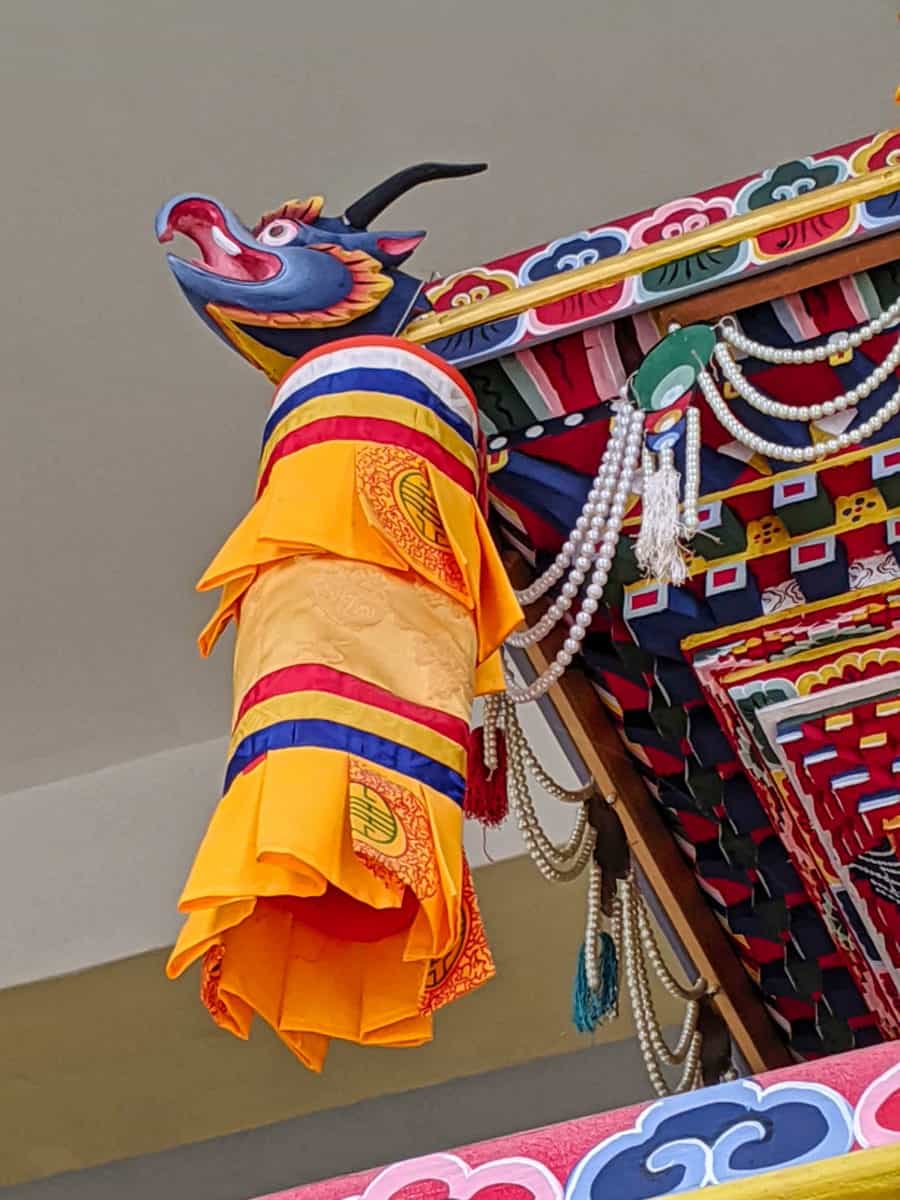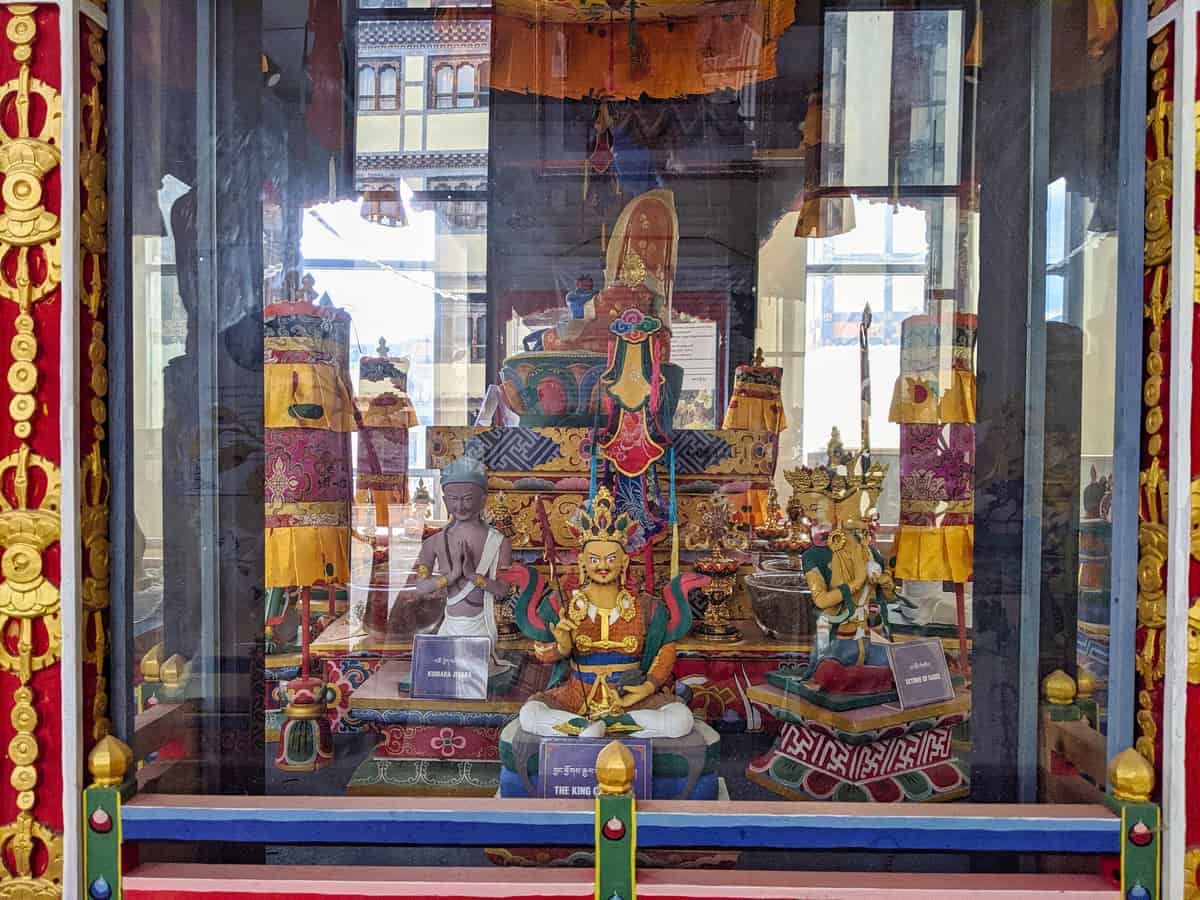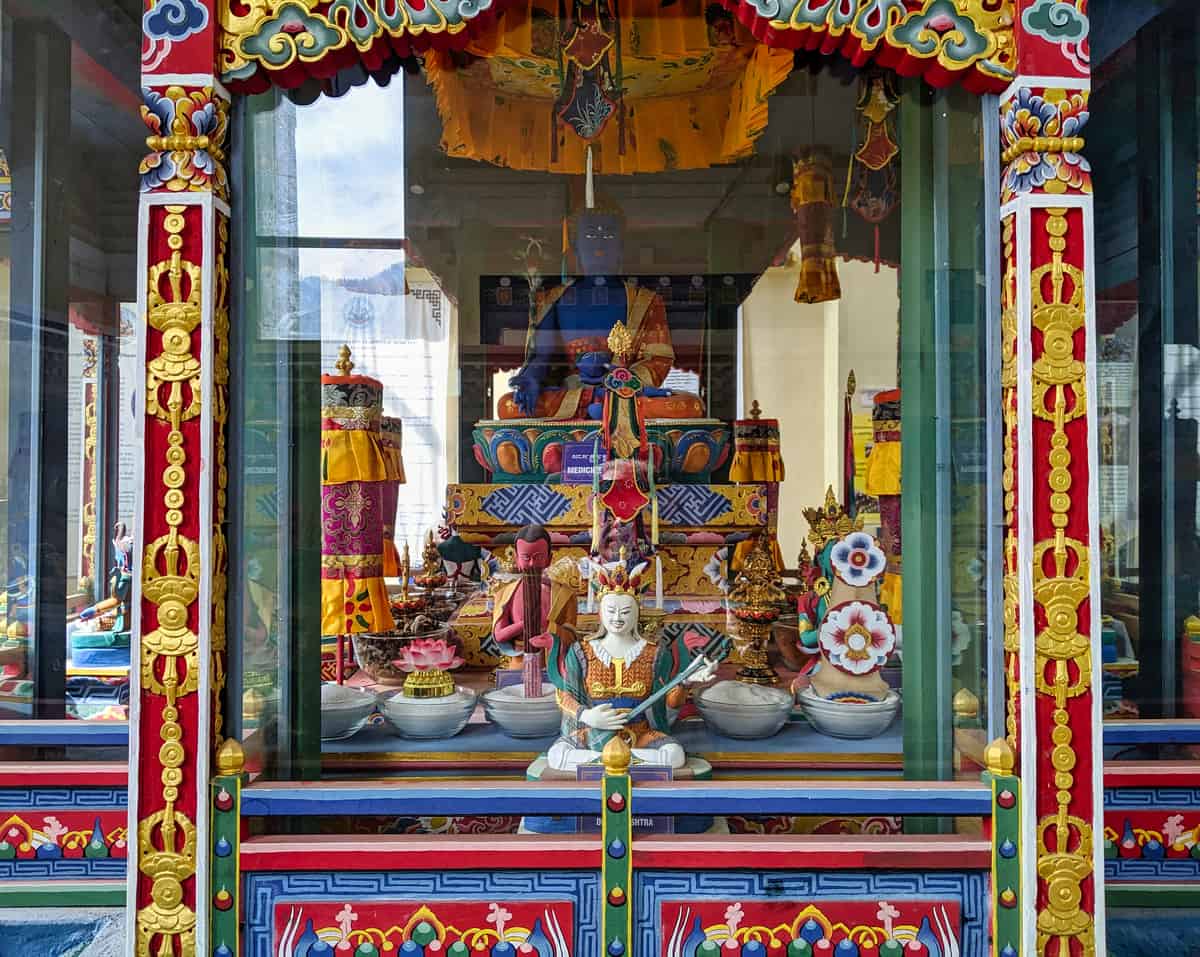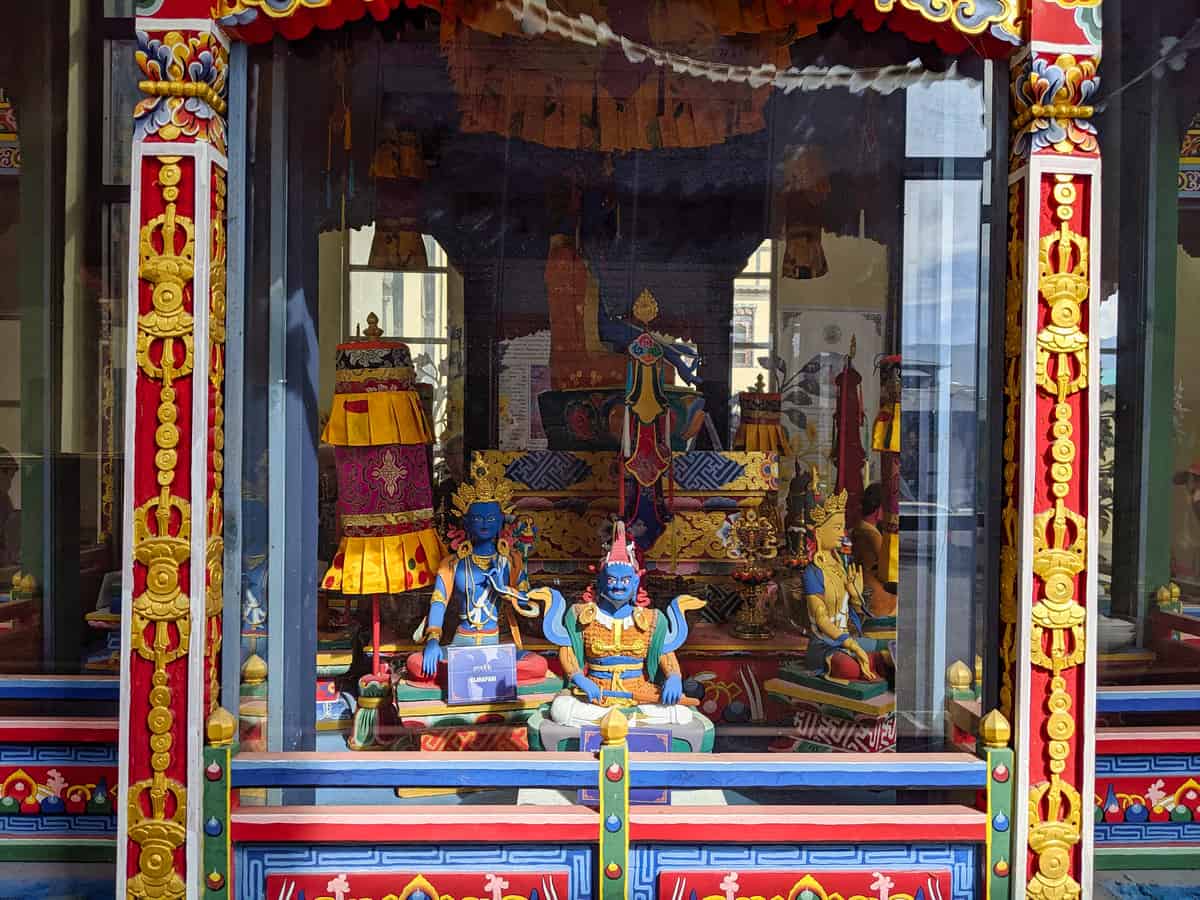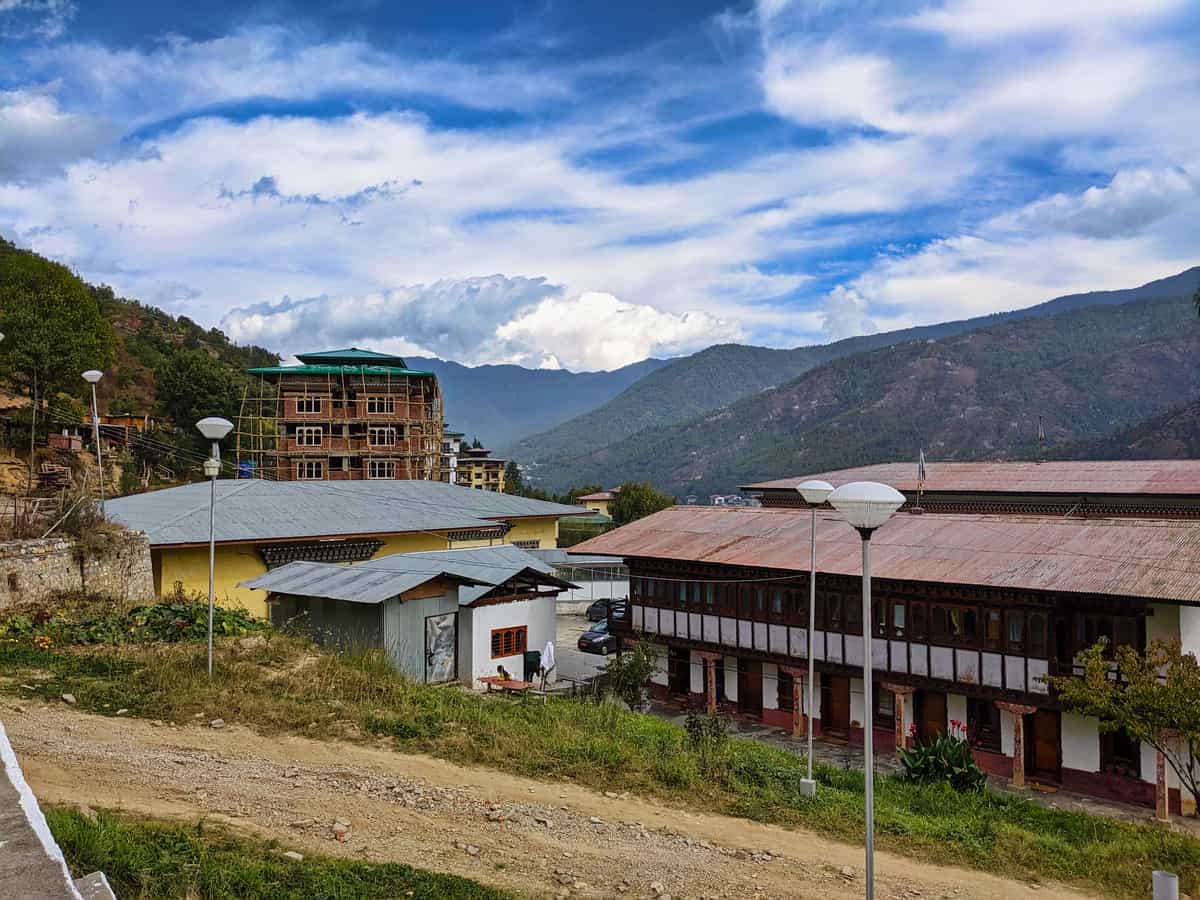Embrace Bhutan Cultural Tour
Thimphu | Bhutan
08 Nov 2019 | Fri
Day 02 of 13
Bhutan Institute of Traditional Medicine
Our next stop in Thimphu was the Bhutan Institute of Traditional Medicine (also known as the Faculty of Traditional Medicine).
Interesting Facility, Training Center & Museum
When we arrived the facility was closed due to construction/remodeling. However our Bhutan tour guide Tashi found a way in so that we could view a special display inside. Here’s a link to the official website of the Faculty of Traditional Medicine
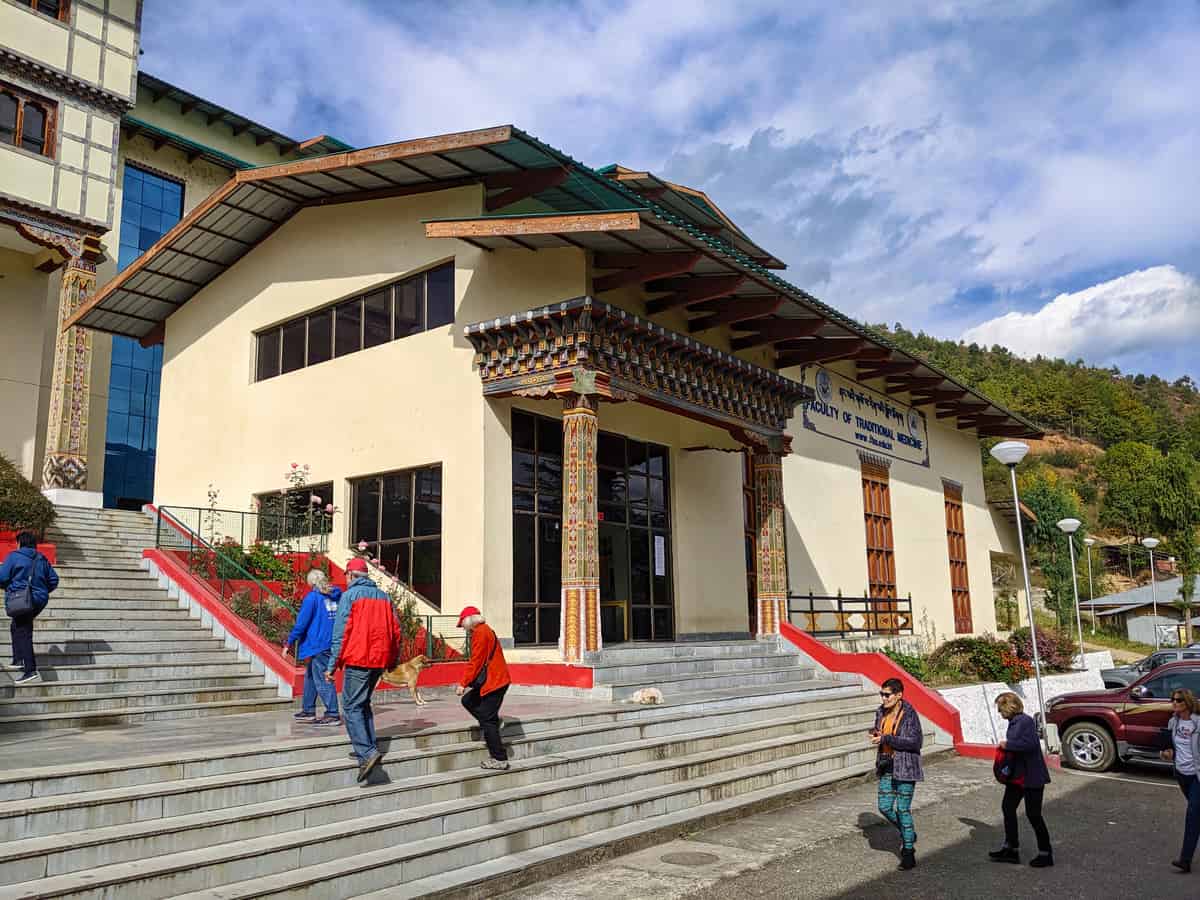
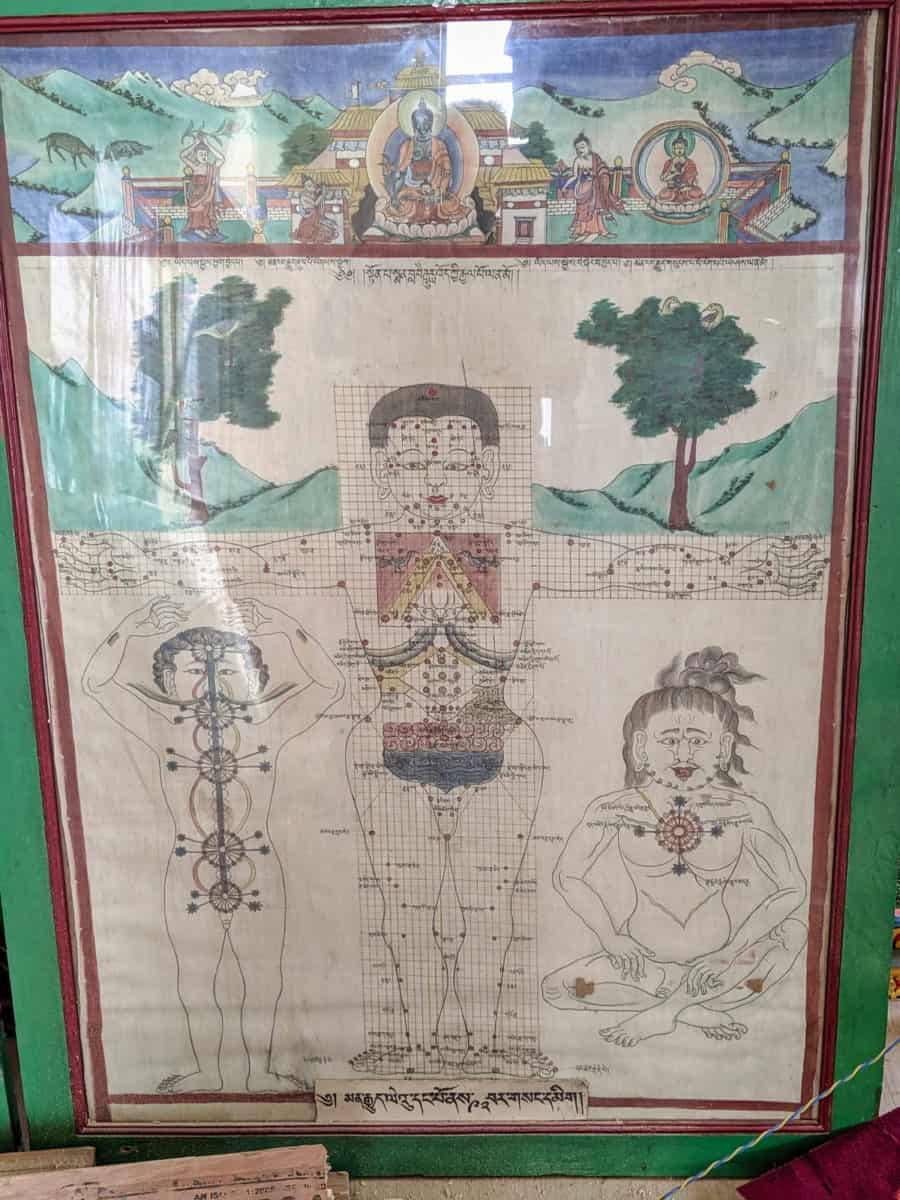
Traditional Bhutanese Medicine (gSo-ba Rig-pa)
Tanadug Phodrang at Sorig Museum
Even though it was still under construction thanks to the help of our guide Tashi, we were able to gain access to see the impressive “Tanadug Phodrang” display.
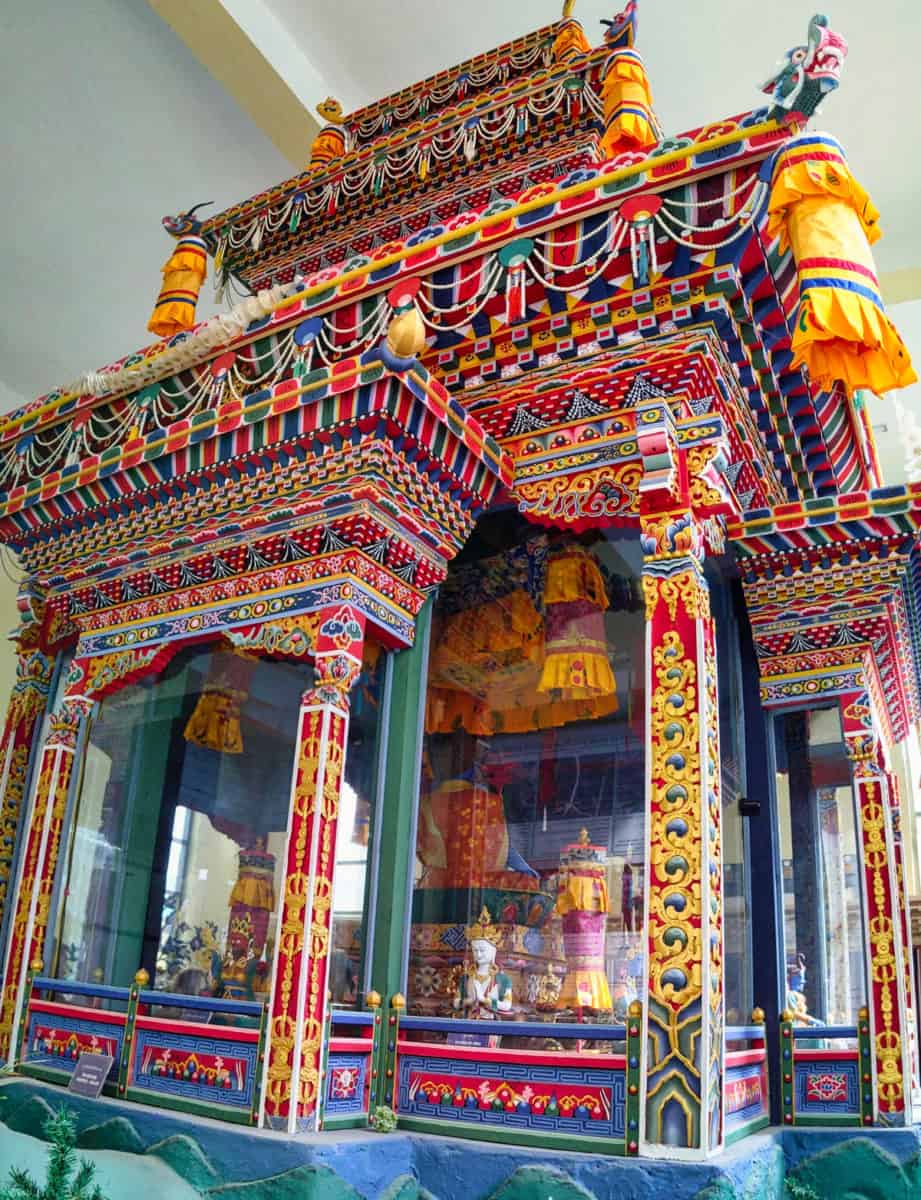
Bhutan Institute of Traditional Medicine
